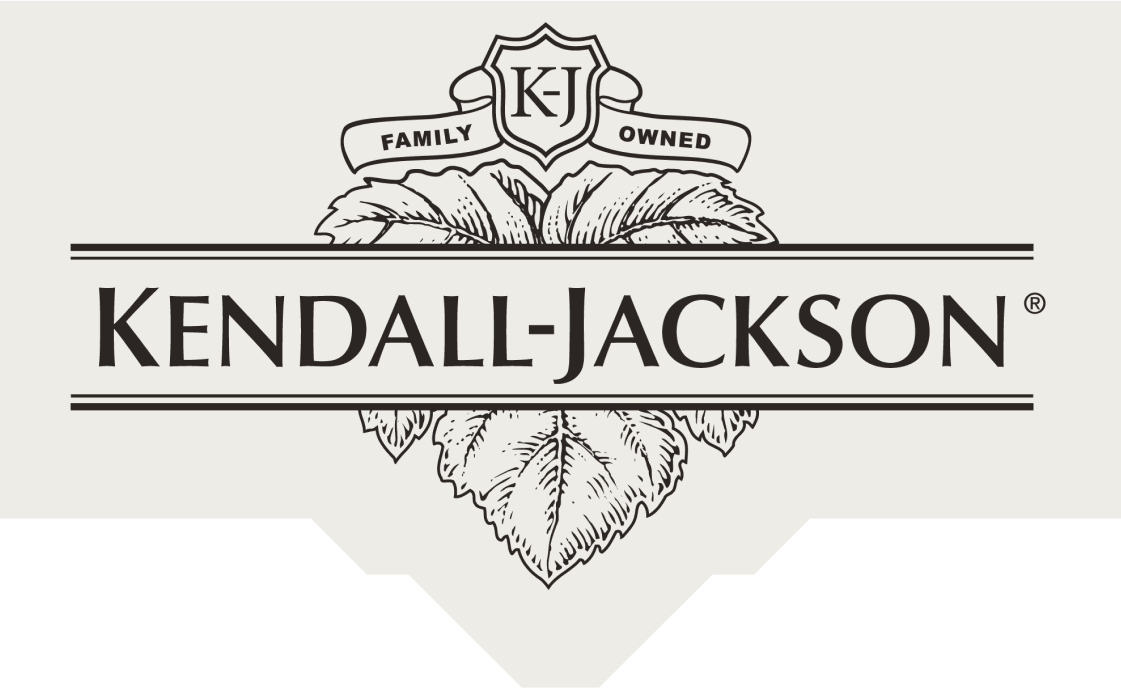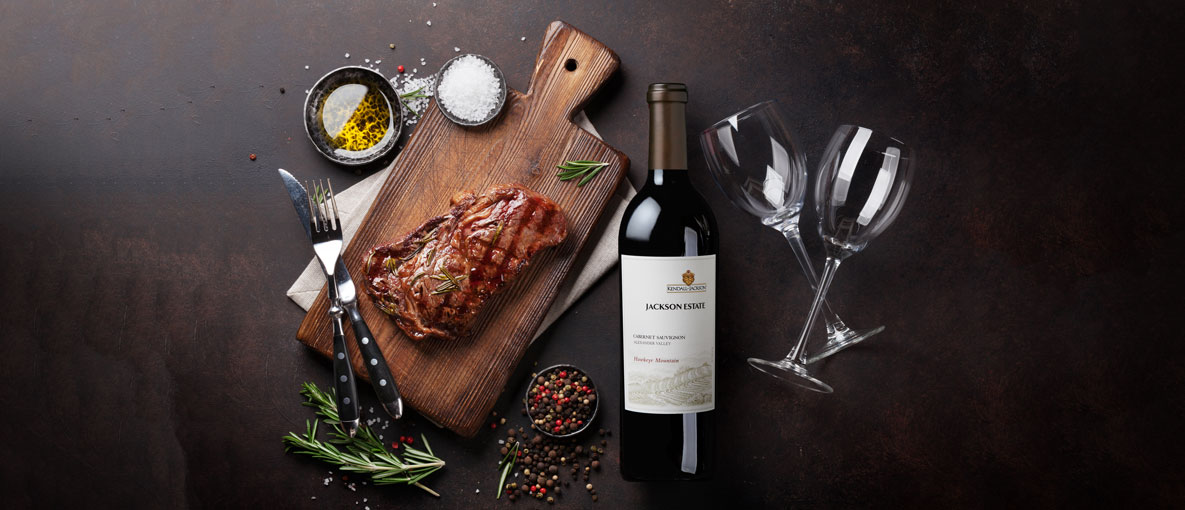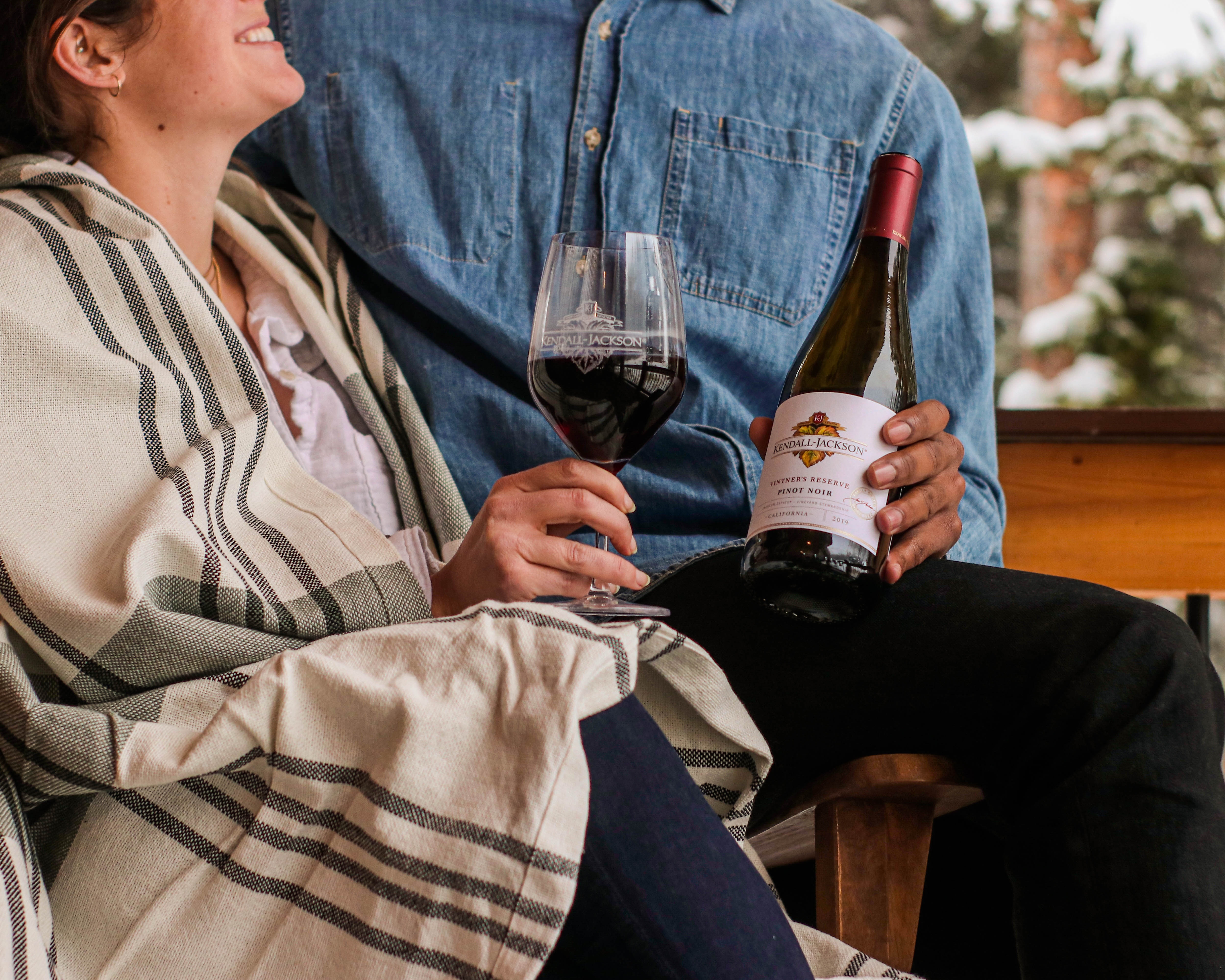The Mystery of Aging Wine
Of all the mysteries concerning wine — and there are a lot! — probably the least understood concerns aging.
Frank Sinatra, in “It Was a Very Good Year,” famously sang:
I think of my life as vintage wine
From fine old kegs
From the brim to the dregs
It poured sweet and clear
It was a very good year
Old wine has fascinated gourmets since the ancient Greeks and Romans. It’s only natural that many people would think the older a wine is, the better it gets. Only one problem: It’s not true. The vast majority of the world’s wines, including those of Kendall-Jackson, are meant to be consumed as soon as you purchase them, and certainly within a year or two. Wine is a living food, and as soon as you pop that cork or twist that metal screwtop, air gets into the wine and begins to undo it.
But — and this is a big but — there is that magic one percent of wine that does benefit from aging. In general (and there are always exceptions), these cellar candidates tend to be red wines, like Bordeaux, Barolo and Brunello di Montalcino, Burgundy and California Cabernet Sauvignon. And even in those cases, only a tiny percentage is worth aging for more than eight years: these top wines, from the best producers, usually are produced in small quantities. (The exception is Bordeaux, where the best chateaux can approach if not exceed 35,000 cases).
Some white wines will age well; not many. Here in California, most whites are meant to be opened early. A few Chardonnays will make it to eight or ten years, even longer, but even then, it all depends on your taste. If you’re used to the fresh, vibrant fruit of, say, a Kendall-Jackson Vintner’s Reserve or K-J AVANT Chardonnay, you might not care for a twelve year-old Chardonnay whose fruit has largely faded away.
It’s fair to say that around the world, people don’t care about aging wine as much as they used to. There seems to be an attitude of Carpe Diem—“seize the day.” It’s as if people think, “Hey, I might not even be here in ten years, so I’m going to enjoy my life, and my wines, while I can.” Winemakers, in turn, are responding by making wines that are much more appealing in their youth. Old-time winemaking methods were so primitive that young wines often were way too tannic, making them practically undrinkable. Those wines needed 10, 15, 25 years or more for the tannins to fall out (as sediment) so you could enjoy the wine.
Nowadays, modern methods of viticulture and enology have largely eliminated the problem of aggressive tannins. Some people here and there think this is a problem: they wish for a return to the old days and the old style of wine. But I think most of us are happy that we can buy and drink a fine bottle of wine tonight, instead of waiting until 2030 and hoping it hasn’t died in the bottle.
Steve Heimoff is one of America’s most respected and well-known wine writers. The former West Coast Editor for Wine Enthusiast Magazine and a contributor to Wine Spectator, he has also authored two books on the subject of California wine, including “New Classic Winemakers of California: Conversations with Steve Heimoff,” published in the fall of 2007.



